In the ever-evolving broadband market, service providers in the United States are strategically upgrading their infrastructures to deliver higher speed tiers, driven by consumer demand and federal funding to support broadband development across the country.
To achieve success for broadband development, it is essential to understand its full lifecycle through the stages of:
- Building it (engineering and construction)
- Scaling the build (design and construction)
- Running a network (activations and assurance)
- Optimizing networks from a capacity, performance perspective (down to the service level)
- Transforming it (staying ahead of customer demands and statement of expectations)

Figure 1 – The broadband lifecycle
After working for over three decades in Telecommunications, I have learned a few tricks on how to achieve this outcome, providing broadband that meets the user demands (residential, business and aggregation services).
Driving 10 Gbps for consumers
Cable operators are diligently maximizing their Hybrid Fibre Coaxial (HFC) networks with Distributed Access Architecture (DAA), DOCSIS 4.0 incorporating High-Splits, effectively ‘sweating’ the network and the delivery of 10Gbps broadband access.
The looming threat to HFC arises from the competition with fibre-centric offerings such as Passive Optical Networks (PON). Many broadband network providers are marketing their services with the promise of a cable-free, fibre-optic broadband future.
Moreover, High Average Revenue Per User (ARPU) areas, such as commercial districts, high streets, and emerging greenfield developments, demand fibre as a baseline requirement.
Clearly, deploying 10G PON is the way to go for a future-proof and sustainable access network (certainly next step of getting more out your fibre optical investment), as evidenced by the past 11 quarters of global OLT shipments from Omdia.

Figure 2 – 2024 broadband trends (source: Omdia)
In 2023, more than 70% of shipped ports were 10G PON OLTs, and this is expected to increase further in 2024. These OLTs are also more likely to be combo PON-capable, meaning they can coexist on the same fibre.
It is the deployed ONT/ONU that determines whether it is GPON or XGSPON. To date, it has been mostly non-10G. But it is now changing due to several factors, including:
- Increasing user demands
- Service providers want to offer faster broadband tiers, including multi-gig and symmetrical speeds for product differentiation
- Covering the costs of upgrading ONT/ONU, whether Non-Recurring Charges (NRC) or part of the Monthly Recurring Charges (MRC), and potentially allowing for Self-Install Kits (SIK) instead of professional installation.
Getting the “Convergence” on Fibre
The industry is looking at what comes next, and the successor is clear with 50G PON (>60% of organizations see these deployments in the next 2 years, as per Omdia).
This technology provides scalable, high-capacity offerings that satisfy the most stringent demands of residential, business customers and provide reliable backhaul aggregation services over the burgeoning wireless network infrastructure.
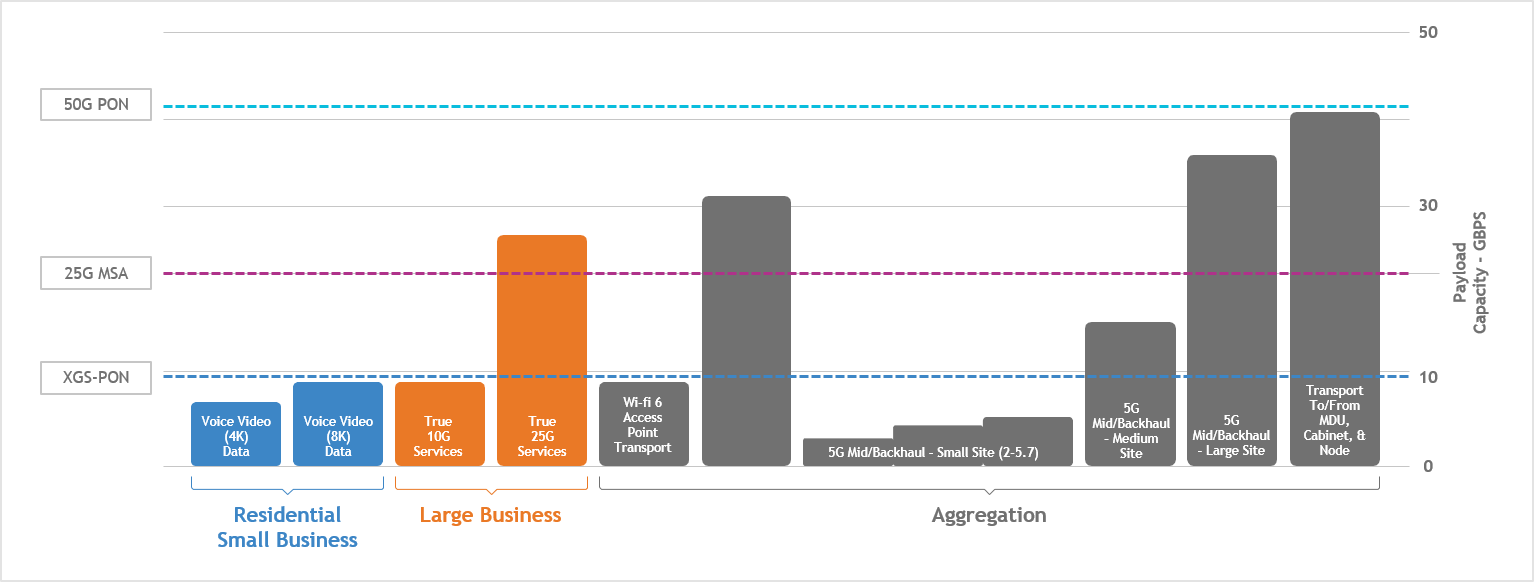
Figure 3 – Source: Calix
The illustration below shows why on why 50G is poised to become the next fibre overlay.

Figure 4 – Segment and service to PON matrix
DAA helping cable operators to future-proof networks
Key insights were shared at the 17th Annual Cable Next-generation Conference in early 2024 about the use of Distributed Access Architecture (DAA) and the intermediate steps such as D3.1 in safeguarding market share, while they work their way up to D4.0 and reaching the summit of 10G.
The conference also shares a few interesting facts (CY 2023):
- 68.9 million broadband subscribers across the top cable operators
- 77.9 million homes passed with fibre, a staggering 13 percent growth over the same period
- 30 million activated fibre subscribers
- 48 percent of cable operators have adopted DAA deployment strategies in whole or part
At the moment, fibre (PON) is seen as a long-term investment for the future. With advancements such as remote OLTs/OLT PON plugs, DOCSIS back-office simplification and system integration, it has become easier to implement PON without the need to duplicate the backend.
For example, Comcast has deployed FDX D4.0 over DAA, offering 2Gbps symmetrical to five million premises across Philadelphia, Atlanta, and Colorado Springs, making them one of the ‘world’s first’ to deliver symmetrical bandwidth and off to a promising start in upgrading 50 million of their 60 million HFC premises footprint.
At the heart of this transformation is their Physical Point of Deployment (PPOD), which exemplifies disaggregation of hardware and software, creating Virtualized Network Functions (VNFs), with the flexibility to make quick DevOps changes (around 325,000 changes with 98 percent accuracy).
Furthermore, this virtualization platform allows for real-time streaming, coming from all aspects of their digitized or smart HFC (hybrid fibre co-axial) network infrastructure (vCMTS, RPD, AMPs and CPE).
The platform provides generous rack space and power savings of almost 36 percent. Additionally, it offers a rich data lake of telemetry to provide best-in-class Performance Network Management (PNM), Profile Management Applications (PMA). This enhances automation, AI and ML in identifying, targeting repairs and self-healing their broadband network. One staggering stat, the repair time has gone down from four hours, 23 minutes to 23 minutes.
On the other hand, those tier-2 and -3 operators are commencing their DAA rollouts to provide an uplift in broadband, including symmetrical services.
And like the old HFC, there are various ways of getting more out of your spectrum, like using D3.1 “stretch” and deploying mid and high splits, increasing the downstream and upstream service group capacity respectively.
They will also need the new generation of vCMTS and cable modems for the additional physical and software functionality to get access to additional orthogonal frequency-division multiplexing (OFDM) blocks.
Whereas some broadband operators are moving forward with PON and targeting the “unserved” and “underserved” areas with 5G speeds, getting to the ideal state in one step.
Some operators are taking ‘DAA fibre forward’ and ‘pushing fibre deeper’ to encapsulate the ideal strategic initiative to upgrade brownfields with high split DAA, with a general throughput of 8/1.5 Gbps.
Then stepping it up to a full 1.8Ghz plant and D4.0 (labour-intensive TAP upgrades), yielding approximately 8/6 Gbps and getting the last of the optimized HFC access networks into their brownfield areas.
It is recommended to avoid using subscriber revenues to upgrade when it’s not necessary. Instead, ‘it is better to upgrade when the demand is present and required’, has always been key for broadband success.
About one-third (35 percent) of cable operators have already deployed FTTP using PON technology. This reflects a significant commitment to a future-ready infrastructure as described in the Next-Generation Broadband Roadmap by the World Broadband Association.
All countries should aim to develop broadband networks that provide:
- Ultra-high-speed connectivity for all
- A converged network to deliver all services, create synergies, and accelerate monetization
- An agile network that enables the creation of efficient new use cases and business models
- Full automation to maximize network and service operations optimization
- Minimal impact on the environment
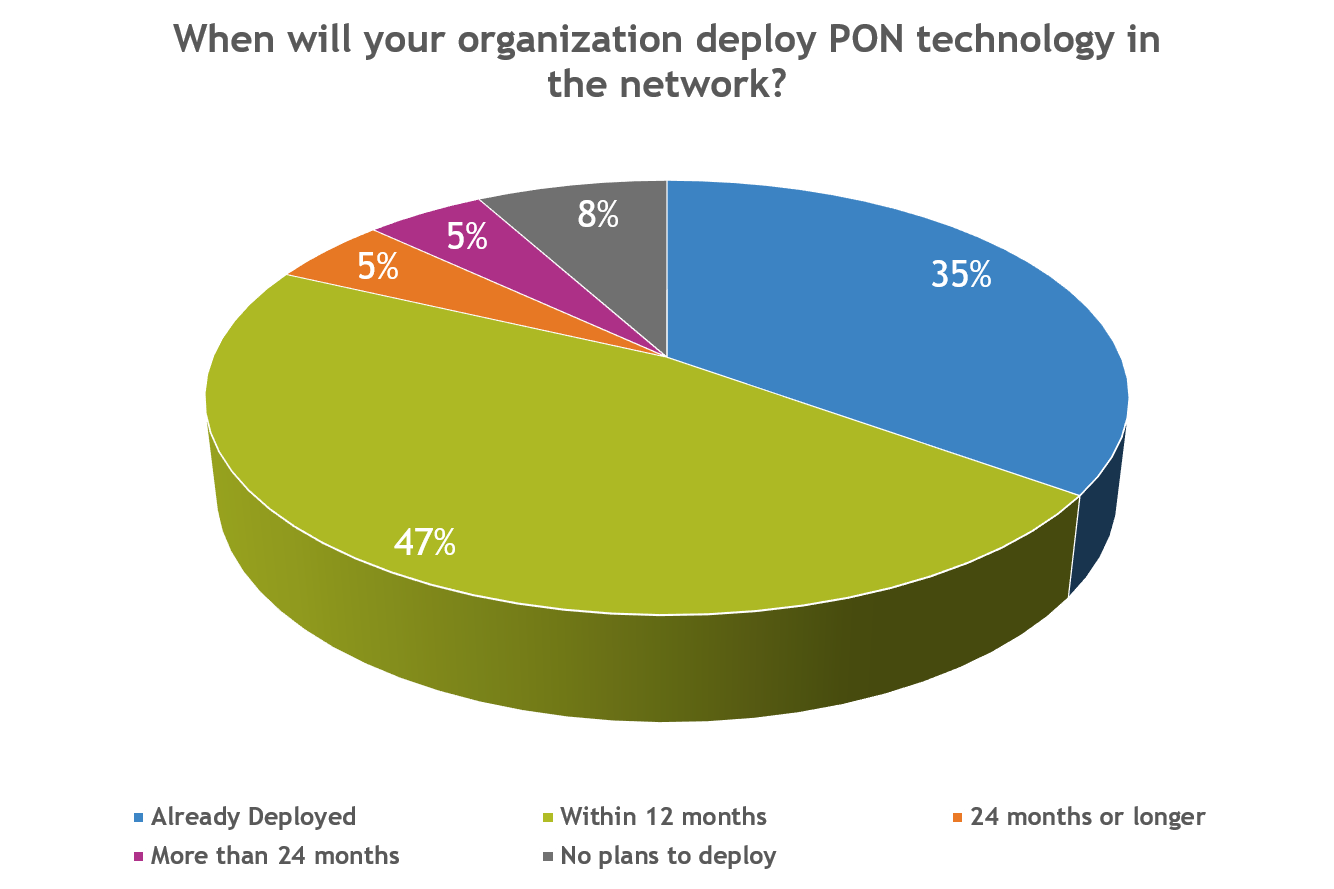
Figure 5 – 35 percent of operators have deployed PON deployments (source: Omdia)
To keep up with growth in user demands and technological capabilities, the Federal Communications Commission (FCC) revised benchmarks for broadband speeds to 100/20 Mbps, a significant jump from the 25/3 Mbps standard set in 2015.
There is a movement toward an even more ambitious US national goal of 1Gbps/500Mbps, indicating the push for a broadband-rich environment.
Effective broadband governance to drive competition (and raise the bar)
Ookla’s “The State of Worldwide Connectivity in 2023” report shows a 26 percent improvement in median download speeds and a 7 percent rise in upload speeds within the U.S.
These figures indicate a competitive market that includes a mix of access technologies like fibre, 5G fixed wireless access (FWA), and faster cable (DAA) driving higher performance levels and allowable speeds.
This also highlights the importance of the FCC’s intention to redefine its broadband speed standards, which are lagging, even for the proposed FCC considerations to 100/20 Mbps, and more importantly, having a future national goal of 1Gbps/500Mbps.
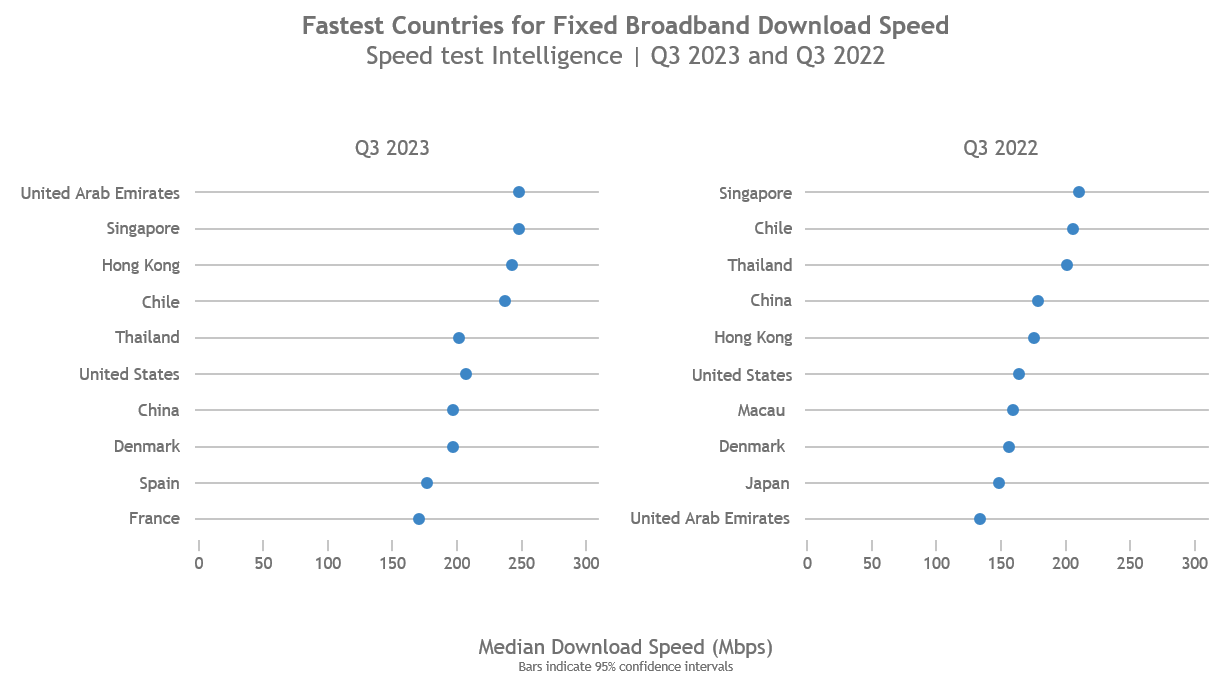
Figure 6 – Source: Ookla’s “The State of Worldwide Connectivity in 2023” report
Broadband consumer labels will boost transparency
Starting from April 10, 2024, US internet providers with over 100,000 subscribers, and from October 10, 2024, those with fewer than 100,000 subscribers, will implement Broadband Label breakdowns to improve consumer transparency.
Service providers will be required to report on typical performance metrics, including download and upload speeds, and latency, alongside the FCC reference identifiers (unique service plans).
This mandate will reduce subscriber misconceptions about service experience, ensuring expectations align more closely with real service outcomes from the broadband access point of view.
Additionally, these efforts towards transparency are expected to result in fair pricing, with equilibrium price points differing based on geographical areas such as Metropolitan, Urban, or Regional.
Wrapping Up
XGS-PON and DAA are eventually going to be the means to deliver 10 Gbps bandwidth to users. To achieve this feat, broadband operators need to partner with a technology and service provider that can meet the needs of their businesses and customers while also helping them navigate the current and future challenges of broadband network transformations.
At TCTS, we have the expertise to implement HFC (DAA) or Fibre (FTTp) PON, including XGS, 25G, 50G or even 100G. The blueprint for resolution involves TCTS’s comprehensive design and migration strategies that are infused with industry best practices, and tools including automation and orchestration.
Through detailed planning, thorough infrastructure audits, and the adoption of advanced technologies like XGS-PON, we create pathways for a future-proof network, emphasizing resilience, scalability, and service quality.




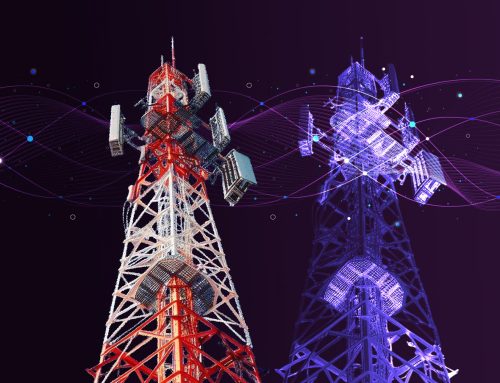

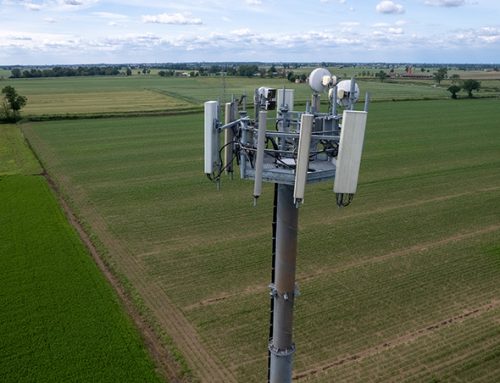


















![Telco Cloud: A Key Enabler to Telco Transformation [Part 1]](https://www.tatacommunications-ts.com/wp-content/uploads/2023/06/Telco-Cloud-blog_image-1-500x383.png)




